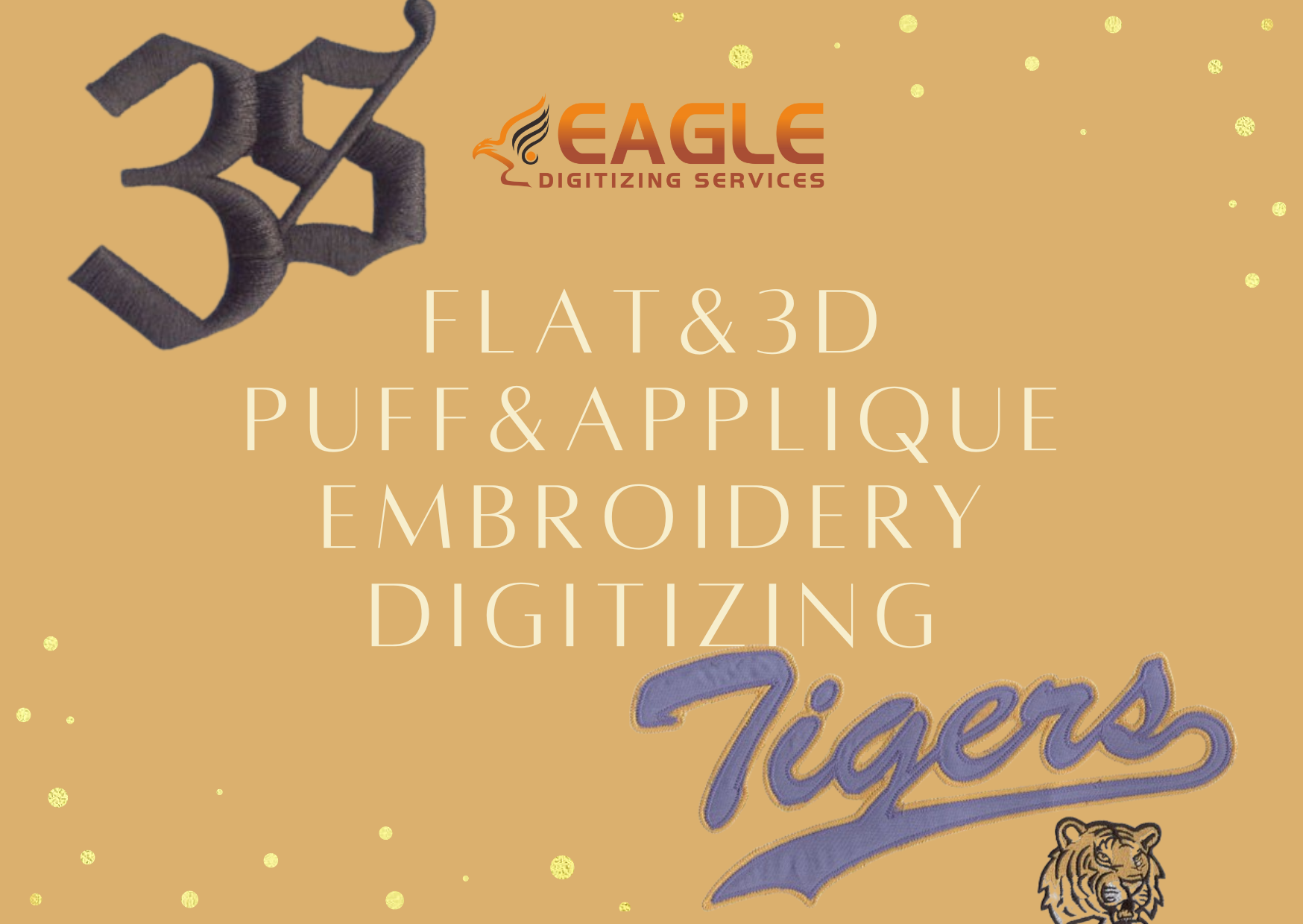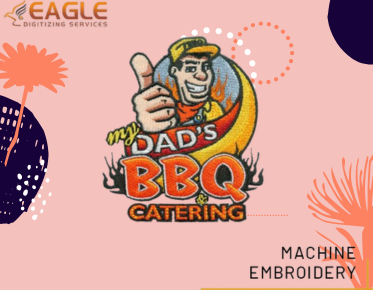What Format Should a Logo Be for Embroidery?
Embroidery is a timeless art form that has been used for centuries to embellish textiles with intricate designs. In the modern era, the process of embroidery has been revolutionized by technology, allowing for precise and efficient creation of embroidered logos and designs. However, one of the most crucial aspects of achieving a high-quality embroidered logo is ensuring that the logo is in the correct format for embroidery. This article will explore the best file formats for embroidery logos, the importance of digitizing, and how services like Eagle Digitizing can assist in this process.
Understanding Embroidery File Formats
Embroidery machines require specific file formats to read and execute designs accurately. Unlike standard image files such as JPEG or PNG, embroidery files contain detailed instructions for the machine, including stitch types, colors, and sequences. The most common file format used in the embroidery industry is the Tajima (DST) format. This format is widely accepted by most embroidery machines and is known for its reliability and precision.
Other popular formats include EMB, CND, EXP, DSB, PXF, and POF. Each of these formats has its own unique features and may be preferred depending on the specific requirements of the embroidery machine being used. For instance, the EMB format is often used for more complex designs as it retains a higher level of detail and allows for easier editing.
The Role of Digitizing in Embroidery
Before a logo can be embroidered, it must first be digitized. Embroidery digitizing is the process of converting a logo or design into a digital file that an embroidery machine can read. This involves using specialized software to map out the stitches, colors, and paths that the machine will follow. The quality of the digitizing process directly impacts the final embroidered product, making it essential to work with experienced professionals.
Companies like Eagle Digitizing specialize in providing high-quality digitizing services. They offer a range of formats and ensure that each design is meticulously tested and revised to guarantee optimal results on the embroidery machine. Their expertise in the field allows them to handle complex designs and deliver them in a format that is ready for embroidery.
Choosing the Right Format for Your Logo
When preparing a logo for embroidery, it is important to consider the specific requirements of the embroidery machine and the complexity of the design. For simple logos with few colors and minimal detail, the DST format is often sufficient. However, for more intricate designs, formats like EMB or PXF may be more appropriate as they allow for greater detail and flexibility in editing.
It is also important to provide a high-quality image of the logo for digitizing. Formats such as JPG, GIF, BMP, TIF, PDF, AI, CDR, and EPS are commonly accepted for submission. A clear and crisp image with well-defined color separations will result in a better final product.
Working with Professional Digitizing Services
For businesses and individuals looking to create embroidered logos, working with a professional digitizing service can save time and ensure high-quality results. Eagle Digitizing offers a comprehensive range of services, including free quotes, revisions, and a quick turnaround time. Their team of skilled digitizers is equipped to handle a variety of designs and formats, ensuring that each project is completed to the highest standard.
By choosing a reputable digitizing service, you can rest assured that your logo will be accurately translated into an embroidery file that meets the specific needs of your machine. This not only enhances the quality of the final product but also minimizes the risk of errors during the embroidery process.
Future Trends in Embroidery Digitizing
As technology continues to advance, the field of embroidery digitizing is likely to see further innovations. Developments in software and machine capabilities are expected to allow for even more complex and detailed designs, expanding the possibilities for creative expression in embroidery. Additionally, the integration of artificial intelligence and machine learning could streamline the digitizing process, making it more accessible to a wider audience.
For those interested in exploring the potential of embroidery digitizing, staying informed about the latest trends and technologies is essential. By leveraging the expertise of professional services and embracing new advancements, you can ensure that your embroidered logos remain at the forefront of design and quality.



